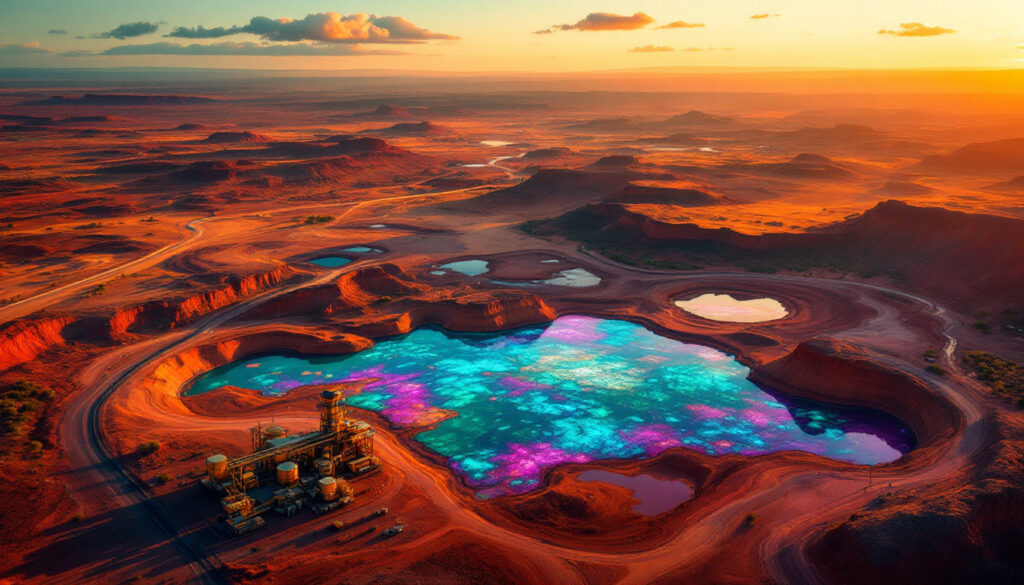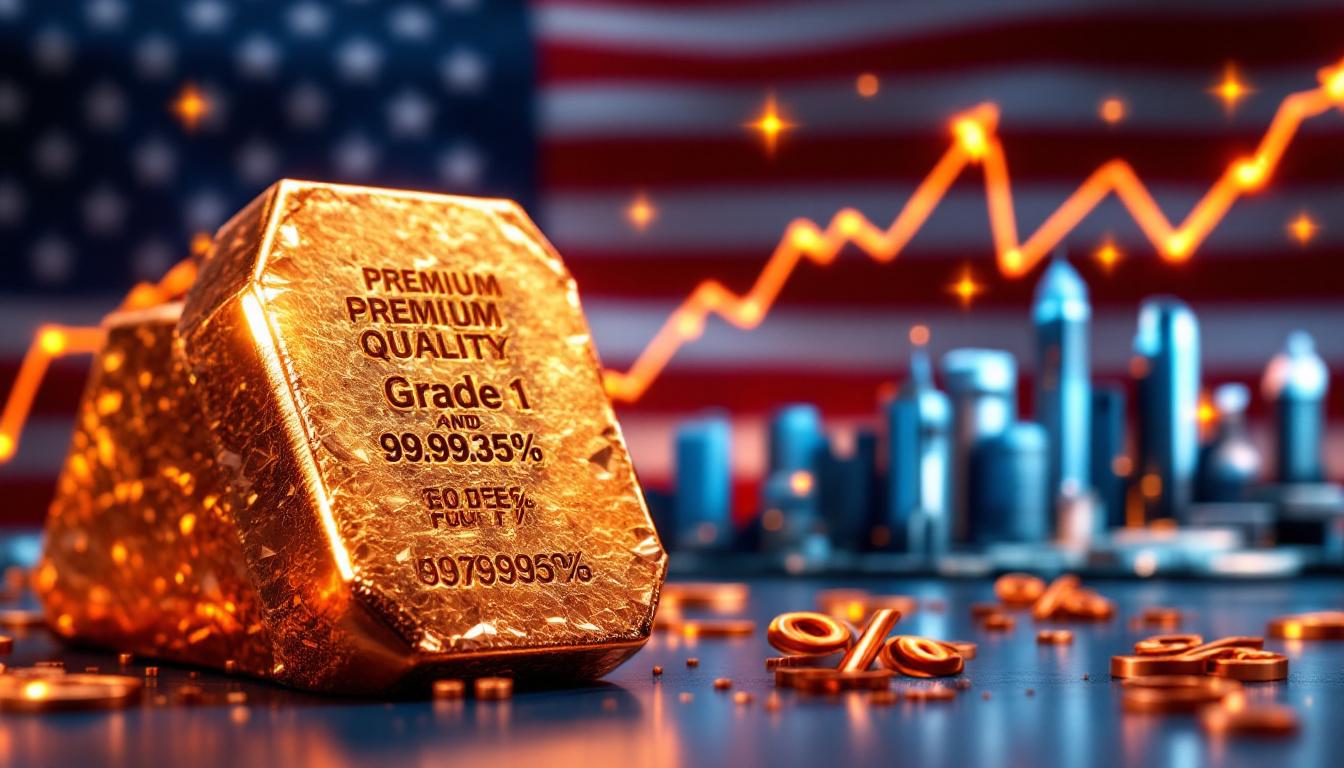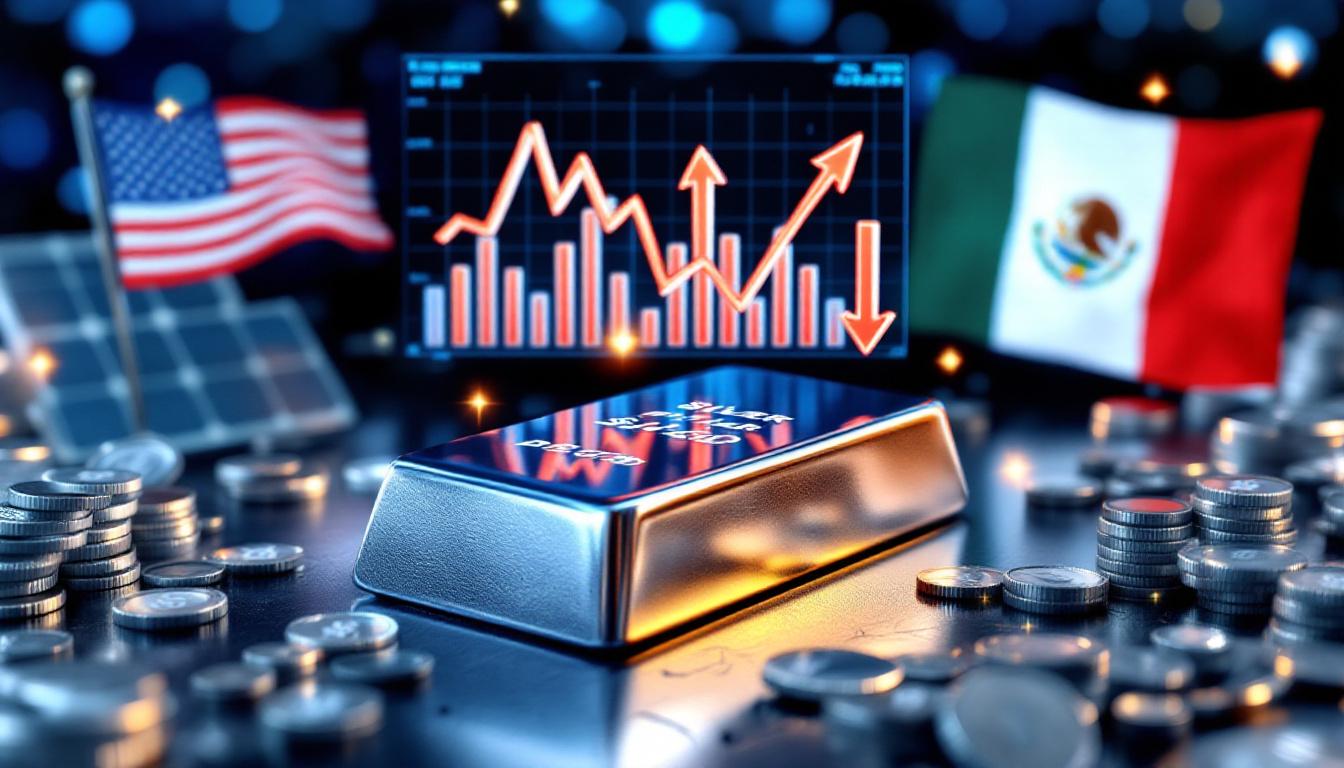What is Australia's Critical Minerals Strategic Reserve?
The $1.2 Billion Federal Investment
The Australian Federal Government has made a landmark announcement with plans to establish a Critical Minerals Strategic Reserve backed by a $1.2 billion investment. This significant commitment includes a $1 billion increase to the existing Critical Minerals Facility, raising its total value to an impressive $5 billion. This strategic initiative positions Australia to become a global market leader in critical minerals rather than just a supplier.
Prime Minister Anthony Albanese emphasized that this reserve will "unlock Australia's full potential of critical minerals" and strengthen Australia's position in global supply chains. The announcement comes as part of a broader strategy to address critical mineral shortages while capitalizing on Australia's mineral wealth.
Key Mechanisms of the Strategic Reserve
The Strategic Reserve is built on two primary mechanisms: voluntary national offtake agreements and selective stockpiling. Under the offtake agreements, the government will acquire agreed volumes of critical minerals from commercial projects or secure options to purchase at predetermined prices. This approach is designed to provide market stability and predictable revenue streams for producers.
The selective stockpiling component allows the government to maintain physical reserves of strategically important minerals, particularly those with thin markets or prone to supply disruptions. These mechanisms work in tandem to enhance project attractiveness to investors by reducing market volatility risks.
Industry experts note that these offtake agreements are particularly valuable for junior mining investments, who often struggle to secure financing without guaranteed buyers. The predictable revenue streams make projects significantly more bankable, potentially unlocking billions in private investment that previously remained on the sidelines.
Why is Australia Pursuing Critical Minerals Leadership?
Economic and National Security Imperatives
This initiative represents a strategic pivot that aims to bolster Australia's economic resilience and national security. Rather than continuing as merely a supplier of raw materials, Australia is positioning itself as a critical minerals powerhouse with significant downstream processing capabilities.
The strategy comes at a crucial time when critical minerals are essential for approximately 90% of clean energy technologies, with global demand for lithium alone expected to grow 40-fold by 2040. Australia's mineral endowment is particularly advantageous, holding the largest reserves of lithium globally (47%) and ranking second in cobalt reserves.
From a national security perspective, the strategy addresses vulnerabilities in critical mineral supply chains that became evident during recent global disruptions. By developing sovereign capabilities across the value chain, Australia aims to handle future export restrictions impact "from a position of strength" rather than dependency.
Global Market Opportunities
The initiative strategically targets resources essential for energy transition technologies, where demand is projected to increase exponentially. These markets are particularly focused on rare earths and other minerals with thin, opaque markets subject to price volatility.
Rebecca Tomkinson from the Chamber of Minerals and Energy Western Australia highlighted that these "thin, opaque markets" have been major barriers to project financing. The government's intervention aims to create more transparency and stability, addressing market failures that private enterprise alone has struggled to overcome.
Western Australia is particularly well-positioned to benefit, hosting 15 of Australia's 21 critical minerals projects and leveraging existing mining sector trends and infrastructure. The state's established $10 billion mining export industry provides a solid foundation for scaling critical minerals production.
How Has the Industry Responded to the Initiative?
Mining Industry Support
The response from industry leaders has been largely positive. Association of Mining and Exploration Companies (AMEC) CEO Warren Pearce called the announcement "a positive step forward" that will "provide support to the private sector and assist international investors." Research indicates that over 70% of mining CEOs surveyed by AMEC support government offtake agreements as a mechanism to reduce investment risk.
Chamber of Minerals and Energy Western Australia CEO Rebecca Tomkinson endorsed the proposal, noting it "shines light on WA's critical minerals potential." Tomkinson specifically highlighted how the policy framework addresses the financing challenges that have prevented projects with proven resources from moving forward.
Industry leaders recognize the value in addressing market barriers, particularly for projects like the Eyre Peninsula rare earths mine, which Pearce noted would benefit from reduced "upfront capital risks" through government support.
Considerations for Implementation
While industry support is strong, there are important nuances in how the initiative should be implemented. Minerals Council of Australia CEO Tania Constable welcomed the investment but called for careful implementation that would "focus on the fundamentals that will give Australia back the edge."
Constable emphasized making it easier for companies to invest without excessive government intervention, warning against "picking winners" and advocating instead for streamlined approvals processes. This perspective highlights the importance of balancing government support with market-based approaches.
The Critical Minerals Facility's provision of low-interest loans to projects meeting ESG criteria ensures alignment with global standards while supporting Australia's transition to a clean energy economy. Companies like Pilbara Minerals and Lynas Rare Earths have already secured federal support for refinery expansions, demonstrating the practical impact of government backing.
What Makes Critical Minerals Markets Challenging?
Market Volatility and Investment Barriers
Critical minerals markets, especially for rare earths, present unique challenges that have hampered development. These markets are characterized as "thin, opaque and subject to unpredictable price swings," with rare earth prices fluctuating by as much as 300% between 2020-2023. This extreme volatility has deterred long-term investment, with data showing only 20% of critical mineral projects reaching production due to financing gaps.
The voluntary offtake agreements introduced by the Strategic Reserve aim to provide producers with stable and predictable revenue streams, addressing a fundamental market failure. Enhanced revenue certainty makes projects more attractive to investors who have traditionally been wary of committing capital to ventures with such unpredictable returns.
Industry analysts from Wood Mackenzie have noted that "opaque pricing mechanisms" in markets like cobalt significantly complicate revenue forecasts, making traditional project financing challenging. New initiatives like the London Metal Exchange's lithium contracts are beginning to address transparency issues, but government intervention remains necessary to accelerate market development.
Strategic Value Beyond Economics
Beyond pure economic considerations, critical minerals have emerged as "more important than ever" in today's geopolitical context. The concentration of critical minerals processing—with 95% of global rare earth processing occurring in China—represents a strategic vulnerability that Australia's initiative seeks to address.
The Australian Strategic Policy Institute recommends prioritizing "minerals with defense applications," recognizing the dual-use nature of many critical minerals in both civilian and military technologies. This security dimension adds urgency to developing sovereign capabilities beyond simple economic opportunity.
The Strategic Reserve positions Australia to leverage its natural advantages as a major global critical minerals player while addressing vulnerabilities in global supply chains. Recent developments, such as China's 2023 export restrictions on gallium, underscore the potential for supply disruptions and the value of geopolitical market strategies and diversified supply chains as recommended by the International Energy Agency.
FAQ: Australia's Critical Minerals Strategy
What specific minerals are considered "critical" under this initiative?
The 2023 Critical Minerals Strategy includes 26 minerals considered strategic priorities for Australia. These include:
- Lithium, cobalt, and nickel (battery minerals)
- Rare earth elements like neodymium and dysprosium (permanent magnets)
- Titanium, vanadium, and graphite (lightweight, high-strength materials)
- Gallium, germanium, and indium (semiconductor materials)
- Platinum group metals (catalyst applications)
The strategy prioritizes minerals where Australia has significant resource potential, particularly those needed for clean energy technologies and advanced manufacturing. Net-zero steel production, for example, relies heavily on vanadium for high-strength alloys, making it a focus of Australia's strategy.
How will the Strategic Reserve benefit Australian mining companies?
The benefits for Australian mining companies are substantial and multi-faceted:
- Reduced financing barriers through government offtake agreements that provide revenue certainty
- Enhanced project bankability for securing private investment
- Mitigation of market volatility risks, particularly for junior miners
- Potential acceleration of project timelines through streamlined approval processes
- Access to the $5 billion Critical Minerals Facility for project financing
A notable case study is Iluka Resources' $1.2 billion Eneabba rare earths refinery, which received significant funding through the Critical Minerals Facility. This project demonstrates how government support can catalyze private investment in processing infrastructure, moving Australia up the value chain.
What impact might this initiative have on global critical minerals markets?
The global implications of Australia's Strategic Reserve are potentially far-reaching:
- Diversification of global supply chains currently dominated by a small number of producers
- Increased market stability through expanded supply from a politically stable jurisdiction
- Potential moderation of price volatility as more transparent markets develop
- Enhanced competition in processing and refining, currently concentrated in China
- Support for global energy transition through expanded availability of essential resources
The initiative aligns with similar moves by allied nations, such as the U.S. Defense Production Act Title III investments and the EU Critical Raw Materials Act, creating a coordinated approach to supply chain resilience among democratic nations.
Australia's approach to recycling through programs like the $250 million Modern Manufacturing Initiative for battery recycling further supports the circular economy dimensions of critical minerals supply, adding another layer to global market impact.
As global demand for clean energy technologies accelerates, Australia's Strategic Reserve positions the nation not just as a supplier of raw materials but as a sophisticated participant across the critical minerals value chain, from extraction to processing and potentially manufacturing of high-value components.
Want to Capitalise on the Next Major Mineral Discovery?
Discover investment opportunities before the market with Discovery Alert's proprietary Discovery IQ model, which delivers real-time notifications on significant ASX mineral discoveries, including critical minerals highlighted in Australia's Strategic Reserve. Learn why major mineral discoveries can lead to exceptional returns by exploring our dedicated discoveries page.




